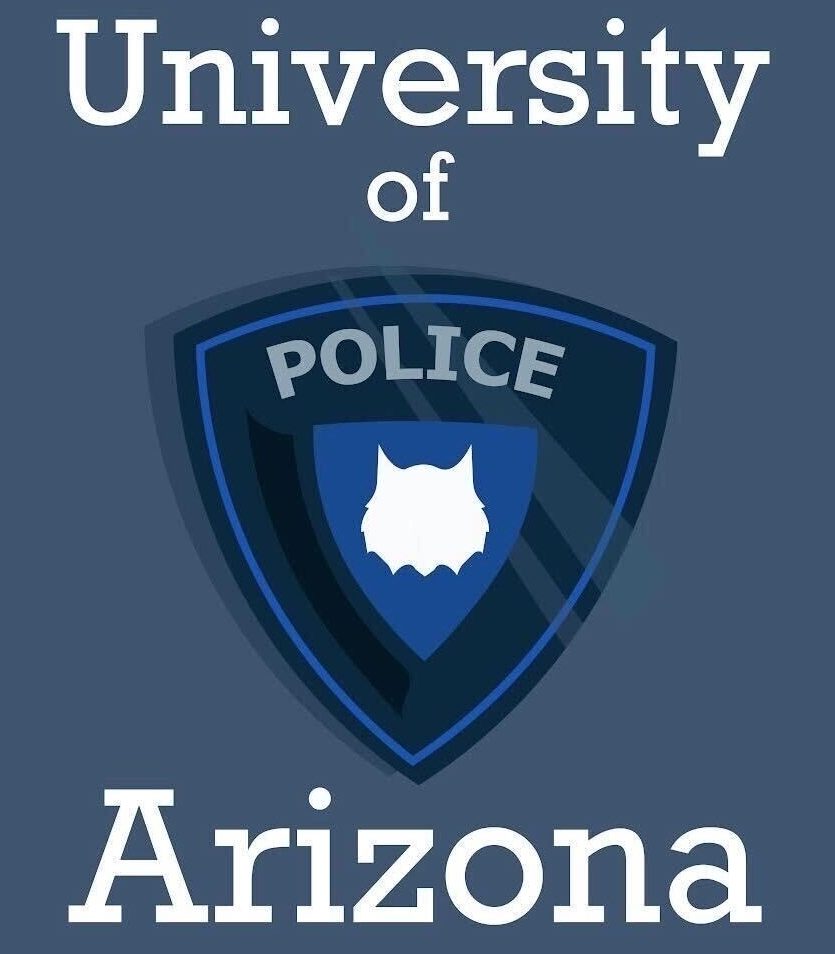UA officials have set up protocol for reporting threats, which faculty members and sometimes police have the task of investigating and evaluating.
Evaluating the level of a threat can be complex, but the task set forth to the UA student is simple: report threats and the behavior of those who may pose a threat to themselves or others.
If there is a real sense of danger and a student shows signs that they plan to harm themselves or others in the near future, call 911 immediately.
“The police are happy to intervene, even if it’s a false alarm. They would much rather be alerted and prevent a disaster,” Dr. Marian Binder, staff psychologist and director of Counseling and Psych Services, said.
However, if a student is not an imminent threat but acts or speaks in a way that gives rise to concern, like being in an unhealthy mental state that could potentially put the safety of themselves or others at risk, report this to the Dean of Students Office. Students can fill out the Online Referral Form on the Dean of Students Office’s website or call their office directly.
“If it’s a situation where you’re kind of worried about somebody—you don’t really know for sure, you don’t know if it’s an issue or what it means—then the Dean of Students [Office] would be the first line of reporting,” Binder said.
When talking to a student or friend who seems troubled, recommending that they visit the campus Counseling and Psych Services could be a good idea, Binder said. At CAPS, students can receive free counseling and brief therapy.
Students looking to help a friend are also welcome to call CAPS to receive consultation on how to handle the situation.
Counseling is not a punitive measure and is never forced on a student. However, “the dean has the option to do what’s called a mandated administrative referral, which is a one-time mandated visit to CAPS so that we can access your safety and try to determine—do you pose a risk to yourself or not?” Binder said.
Binder stated that those referrals are only given when a person’s safety is at risk.
When concerning behavior is brought to the attention of the Dean of Students Office, different teams may be called to assess the situation and develop intervention plans. One such team, the Behavior Intervention Team, consists of trained professionals from CAPS, the University of Arizona Police Department, Residence Life and Student Accountability.
“Most of the individual cases that rise to the BIT level involve mental health, self-harm, [and] suicide ideation,” Christina Lieberman, associate dean of students and BIT chair, wrote in an email.
Another team, the Threat Assessment and Management Team, is tasked with determining whether an individual could potentially harm themselves, others or the UA community. Members of the TAM team come from a number of interdisciplinary groups on campus including CAPS, UAPD, Life and Work Connections, Human Resources and the Office of the General Counsel.
Binder, who is a member of both teams, said the cases presented to the TAM team are difficult due to the large range of behaviors individuals may display. Some threats are overt and can be dealt with under the Threatening Behavior by Students policy, but other threats are vague. If a target is not named, the teams must discuss what potential the individual has of hurting someone.
“You can’t exactly predict violence,” Binder said, who also emphasized how important it is not to stereotype students and believe them to be violent on the basis of, for example, the place they come from or the situation they were raised in.
Follow Michelle Jaquette on Twitter.









